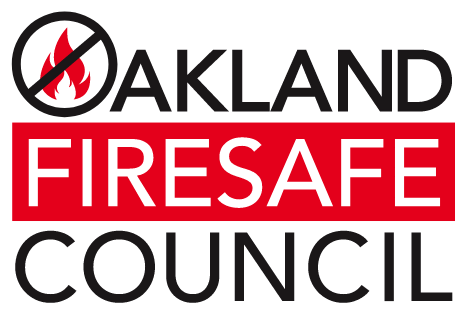OFSC Produces First Statewide Defensible Space Best Practices Study for State of California
Working with UC Berkeley’s Goldman School of Public Policy to analyze survey results from 49 fire departments/districts and firesafe councils throughout the state, the study found that defensible programs achieving high compliance rates share the five key characteristics:
- Strict enforcement of compliance through eventual use of abatement authority to abate non-compliant properties;
- Cost recovery of abatement and associated administrative fees from property owners;
- Property owner outreach and education to achieve voluntary compliance;
- Pairing annual inspections with public complaints to help identify non-compliant properties; and
- Provision of complementary programs, such as chipping, when appropriate.
“In the simplest terms, this study revealed that targeted outreach and education that maximizes voluntary compliance and strict enforcement of compliance through substantive penalties and consistent use of abatement authority are keys to successful wildfire inspection programs,” explained Jennee Kuang, a graduating master’s student from UC Berkeley’s Goldman School of Public Policy who conducted the study.
EXCERPTS FROM THE OFSC 2019 DEFENSIBLE SPACE REPORT:
 Fire departments and districts often face many barriers to achieving homeowner compliance with defensible space guidelines. Nevertheless, several survey participants indicated that their department/district achieves 90-100% compliance. This study seeks to understand what characteristics of a defensible space program lead to this high success rate. (Page 9, OFSC 2019 Defensible Space Report)
Fire departments and districts often face many barriers to achieving homeowner compliance with defensible space guidelines. Nevertheless, several survey participants indicated that their department/district achieves 90-100% compliance. This study seeks to understand what characteristics of a defensible space program lead to this high success rate. (Page 9, OFSC 2019 Defensible Space Report)

All highly successful defensible space programs use abatement authority to hire a contractor for the purposes of abating persistently non-compliant properties. Property owners are charged for the cost of abatement and costs are recovered by the city or fire district. (Page 11, OFSC 2019 Defensible Space Report)


